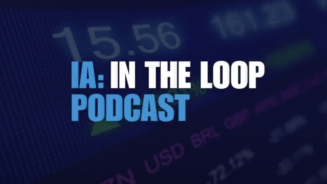The latest asset manager to get in on the act is BlackRock, whose iShares unit announced on Monday the launch of four thematic ETFs.
In the literature accompanying the ETFs that seek to take advantage of five so-called “megatrends” it sees within the global economy, BlackRock said: “Cynics might dismiss megatrends as the stuff of think tanks and policy makers. We, however, believe that the use of megatrends in investment processes offers real investment opportunities and the potential for attractive risk and return profiles.”
In this it is not alone, shops like Sarasin & Partners and Newton have been preaching this message for years, but with a paucity of broad opportunity sets globally and the prospect of continued low growth going forward, it makes sense both that more asset allocators are receptive to the message and, also why BlackRock thought there would be a market for such a set of products.
Likewise, in a recent note Lyxor’s head of ETF research, Marlène Hassine and head of active investment strategies, Guillaume Lasserre note that, in the past few years, investors have shown increased interest in tracking alternative sources of return, particularly via smart beta, “due to a combination of several market trends”.
Hassine and Lasserre note three reasons for this increase: growing correlation between assets, the reduced attractiveness of fixed income investments and the need to protect against increased volatility.
Putting the increase into numbers, the pair point out: “In December 2015, smart beta ETF AuM reached €15.1bn (£12.8bn, $16.9bn) in Europe, six times as much as four years before. As for active smart beta funds, these totalled €24bn at the end of December 2015, multiplying by 2.5 times in 4 years.”




